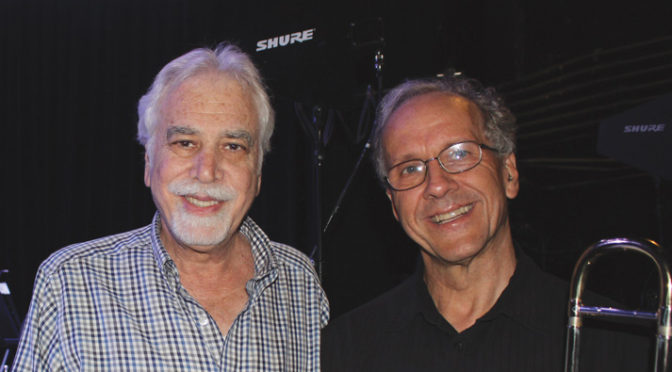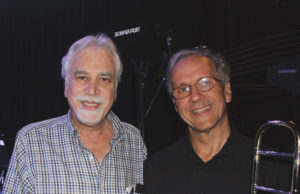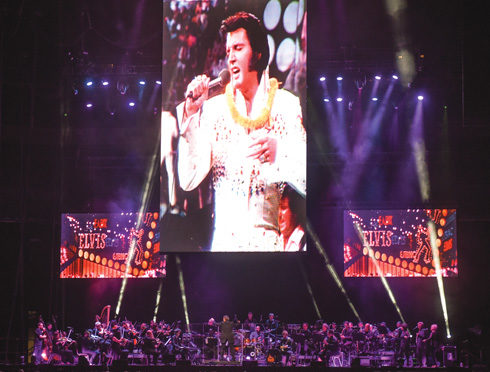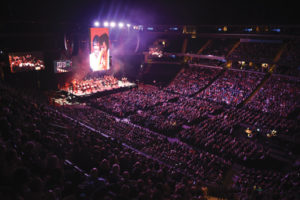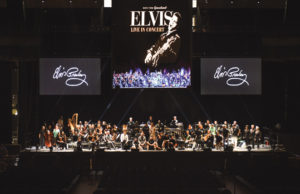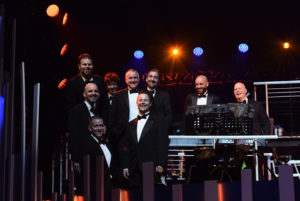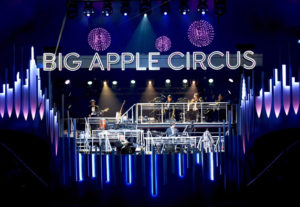Sixty years to the day after nine African-American teenagers integrated Little Rock High School protected by the 101st Airborne Division, the eight surviving former students, President Bill Clinton, and other dignitaries gathered at Central High School. After a day of commemorations and sharing memories, an announcement was made that the story of the Little Rock Nine is being turned into an opera by composer Tania León, a member of Local 802 (New York City), and librettist Thulani Davis.
León told The New York Times that hearing their stories was invaluable. “It’s important to see them,” she says. “To hear their syntax, to feel their personalities.” Born and raised in Cuba, since coming to New York City in 1967, León has become an important figure in American music.


